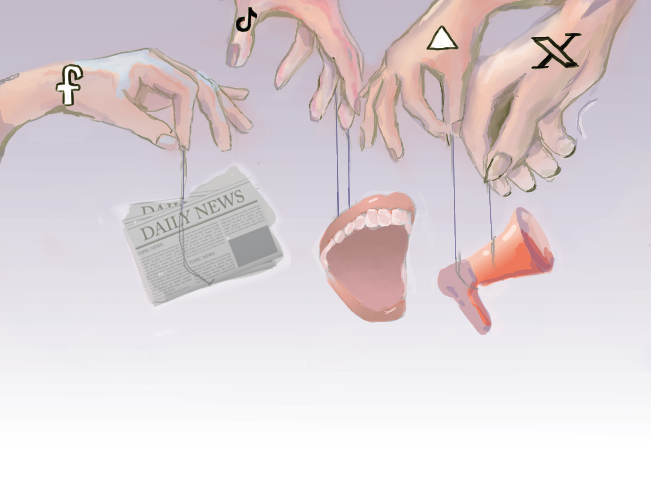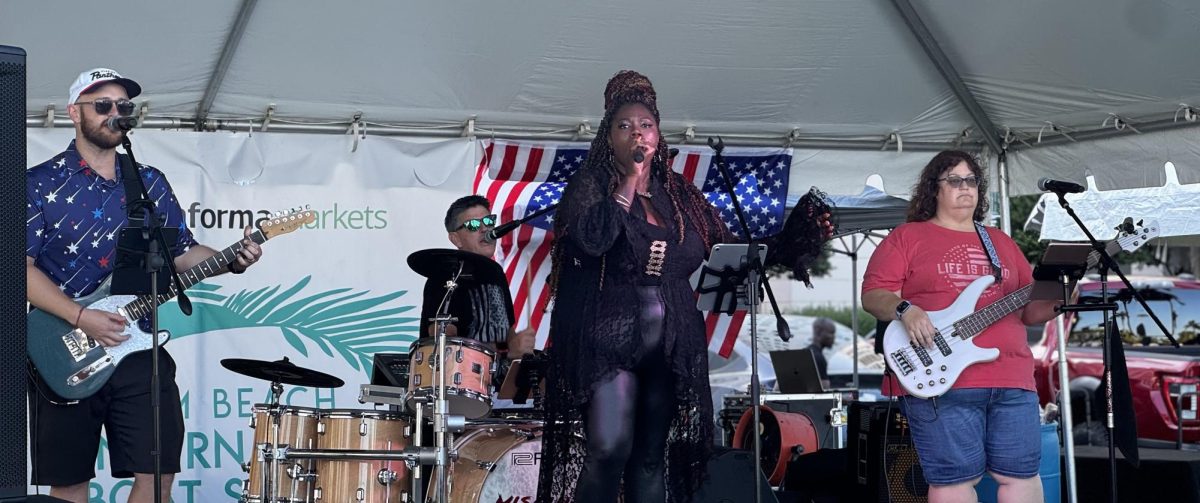
*This story was co-written by Dara Rosen & Anna Dittman.
After experiencing a tragedy, the seed of trauma is planted. It can grow and become a life-long struggle that requires care and attention to tame. There is always the possibility that an individual will endure a distressing experience, ultimately scarring them for the rest of their lives. From physical and sexual abuse, to witnessing or experiencing violence, a broad range of situations fall under the classification of trauma.
Psychology Today reports that trauma is commonly categorized into two groups: the little “t” vs. the big “T.” Car accidents, natural disasters and more personal issues like divorce fall under the little “t,” while events that are deemed life-threatening and that are more apt to cause Post Traumatic Stress Disorder are classified under the big “T.”
Since trauma is experienced in different forms, not everyone will encounter the same adverse effects. However, the most well known result is PTSD, which is a constant mental and emotional stress that can cause vivid flashbacks and distractions from the present. Symptoms may include anxiety, depression and the adaptation of harmful habits.
According to the Mayo Clinic, PTSD often affects individuals that “go through, see or learn about an event involving actual or threatened death, serious injury or sexual violation.” Since PTSD can be seen in many types of victims, it is possible that they will go through similar stressors. For example, witnesses of community violence can exhibit similar symptoms as soldiers that have been in battle, since both groups witness death, violence and hear loud noises.
Traumatic events do not only happen in battlefields or communities that are considered to be unsafe. They can occur anywhere, at any time, even in places that are the least expected.
Many of the students and faculty at Marjory Stoneman Douglas High School face events that trigger their emotions on a daily basis. The sound of alarms, discussions about gun violence and content on the media can trigger extreme sensitiveness.
“I get triggered by loud noises and walkie-talkies because I was in the auditorium on Feb. 14,” junior Katelyn Gomez said. “Hearing those sounds just bring back flashbacks. When I see crowds or a lot of people running in one direction I get freaked out.”
While students are on campus, there are times when they see, hear or feel something that evokes a reaction. To help alleviate the stress and anxiety students feel, Broward County Schools created the new wellness center in the portables for immediate help.
“Roughly we have about 13-15 [students visiting the wellness center] daily, but when we have a fire drill or a false alarm, we see like 50 kids here,” Dr. Jhoni Louis, a school psychologist, said.
According to the Evergreen Psychotherapy Center, children and adults who have a history of trauma are likely to avoid reminders of painful memories. Avoidance has proven to reduce anxiety in the short-term; however, in the long run, general trauma and sentiments of powerlessness still persist and hinder the healing process.
“The method we use [at MSD] is called trauma focused cognitive behavioral therapy, and research has shown that it is actually about 80-85 percent effective in adolescence which is 13-18 years old,” Louis said.
Trauma focused cognitive behavioral therapy is a short-term treatment that consists of 12-20 sessions, 90 minutes each. There are eight components of this therapy that the mental health professional gradually moves through with the patient.
“We do something that is called a psycho-educational [therapy] where we talk about exactly what trauma is and what is happening to your brain physiologically and why you still feel very hyper vigilant when things like that happen,” Louis said. “The whole process is like once you learn about it, then you can start learning your own triggers and we start teaching relaxation techniques, from deep breathing to music meditations.”
Dealing with the aftermath of a traumatic event can be an overwhelming task, but learning how to cope is essential to a person’s mental well being. In order to handle their trauma, some seek help through a variety of the therapy techniques.
“I go to this therapy called EMDR, which has helped me a lot, so that’s how I’ve gotten better,” sophomore Anna Crean said. “Different people do different things, but [EMDR is] kind of like REM sleep and your eyes move really quickly when you sleep, so it’s kind of using the same technique to get you to take the emotions away from a bad experience. It’s really helpful.”
If one method of therapy is ineffective, there are many routes to take when it comes to treating trauma. For example, a common method used is exposure therapy, in which a person has to face their fear repeatedly over time. The desired result is that the person will come to terms with their thoughts, leading to a decrease in anxiety and depression.
“There is always other stuff that you can do; there is multi-centered, multi-source therapy where you pick a little bit of everything,” Louis said.
For some individuals, it is easier to talk about traumatic experiences with someone that they identify with or are comfortable with.
“I think most students are comfortable [talking to me]. I’m sure there are some who don’t, but I think that most do. In fact, I have some students from last year who still come to see me, and I’m happy to help however I’m able to,” English teacher Laurie Edgar said.
Instead of therapy, some choose to find ways to cope through action, like exercise, meditation, prayer, art forms, public speaking or even activism. Through these methods, those afflicted with trauma can learn to let off steam, relax and manage their feelings.
“I keep the oils, bilateral tapping, little things we’ve all been learning unfortunately over the last seven months about how when we have those moments of anxiety, when we feel that stress, how do we help ourselves navigate getting through the moment, and then moving on,” Edgar said. “I think that that’s part of what I can do is help get us through the moments.”
People can also learn to cope with trauma through things that they are passionate about. For example, musical artists might write a song to put their thoughts together or a person with strong opinions might become a motivational speaker.
“I write when I don’t want to talk about it,” senior Emily Melamed said. “I guess because it’s comforting to see it all on paper, that way I’m reminded that it’s real.”
Disturbing events can leave behind mental scars that become a life-long struggle and can change the way one sees the world. However, finding a way to handle and care for themselves is one way to battle calamity, and make each day more bearable.
This story was originally published in the October 2018 Eagle Eye print edition.









![National Honor Society Sponsor Lauren Saccomanno watches guest speaker Albert Price speak to NHS members. National Honor Society held their monthly meeting with Price on Monday, Nov. 4. "[Volunteering] varies on the years and the month, but we have started a couple new things; one of our officers Grace started a soccer program," Saccomanno said. "We have been able to continue older programs, too, like tutoring at Riverglades. NHS's goal is to have as many service projects as possible."](https://eagleeye.news/wp-content/uploads/2024/11/xNOeKNVwu7aErpVyJHrHogagZUUcLLosjtbIat94-1200x900.jpg)

![Ice Ice Baby. Skating to "Waltz" and "Romance" during her long program, figure skater Ava Zubik competes at the Cranberry Open in Massachusetts on Aug. 12, 2022. She scored a total of 86.90 on her short and free skate program, earning fifth place overall. "I try to make it [competing] as fun and enjoyable as I can because it's my senior year, and so I want to really enjoy competitive figure skating while it lasts," Zubik said.](https://eagleeye.news/wp-content/uploads/2024/11/skater1-799x1200.jpg)
